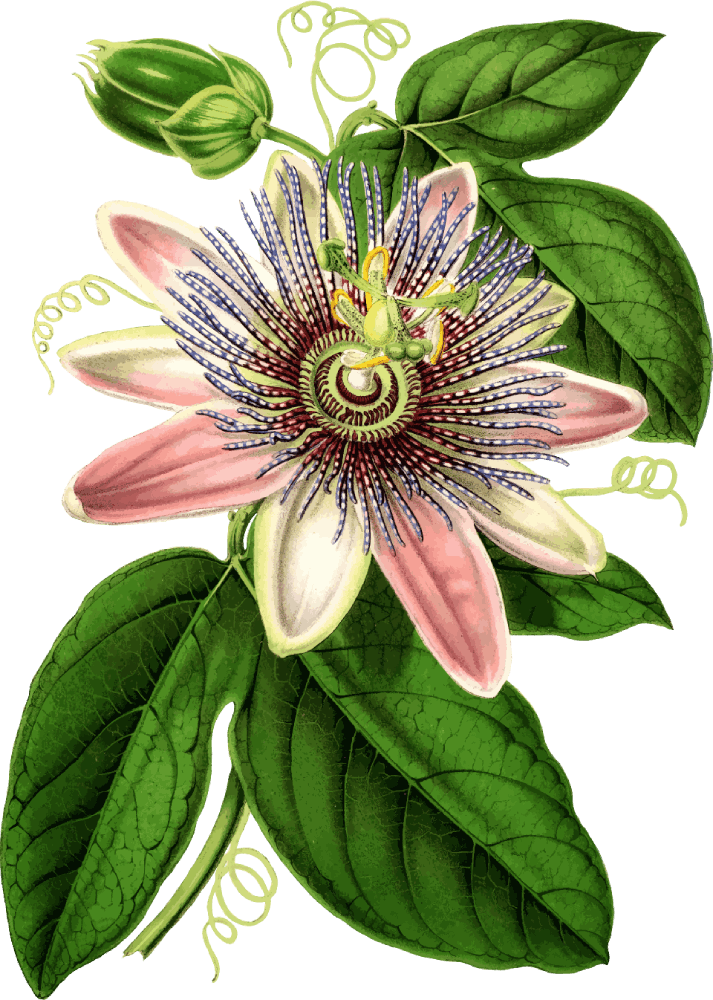

Dr. Matt Biddick
EVOLUTIONARY ECOLOGIST.
A passionate scientific writer, data scientist and academic mentor specialized in crafting sensational manuscripts for publication.
Reach outAbout
High-performing researcher with 10 years of experience expertly spearheading theory and analysis across biogeography, ecology and evolution. Confident in ability to develop dynamic models at the forefront of terrestrial ecosystem ecology. Comfortable effectively managing large-scale projects. Extensive taxonomic knowledge of New Zealand and central european biotas.
"Over the years I have developed a tried-and-true system for writing captivating papers fast. Many have suggested I share this knowledge to help aspiring researchers do the same. So I founded CLAVES Consulting to help you turn your hard work in the field and laboratory into phenomenal publications."
Proficiencies
- Data Analytics & Visualization
- RStudio & Python
- Cross-Scale Modelling
- Scientific Writing
- Project Management
- Web Development

Featured work
The island rule predicts that small animals evolve to become larger on islands, while large animals evolve to become smaller. It has been studied for over half a century, and its validity is fiercely debated. Here, we provide a perspective on the debate by conducting a test of the island rule in plants. Results from an extensive dataset on islands in the southwest Pacific illustrate that plant stature and leaf area obey the island rule, but seed size does not. Our results indicate that the island rule may be more pervasive than previously thought and that support for its predictions varies among functional traits.

Skills Utilized
- Phylogenetic pairing
- Data collation
- Image processing and data extraction
- Linear mixed effects modelling
- GGplot2 data visualization
- Clear & Concise writing
Journals
PNAS
Ecology Letters
Impact Factor
12.779
11.274
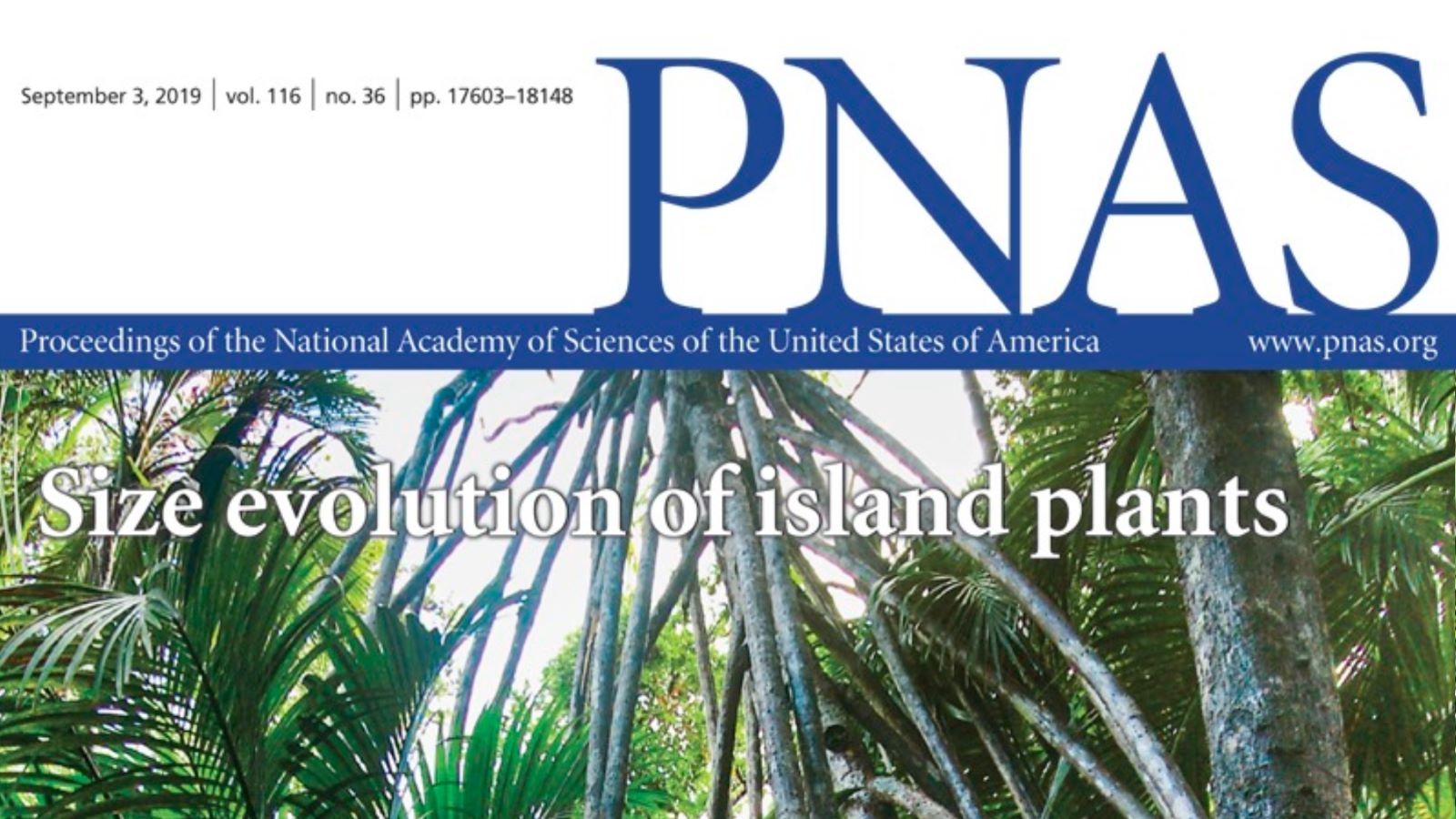
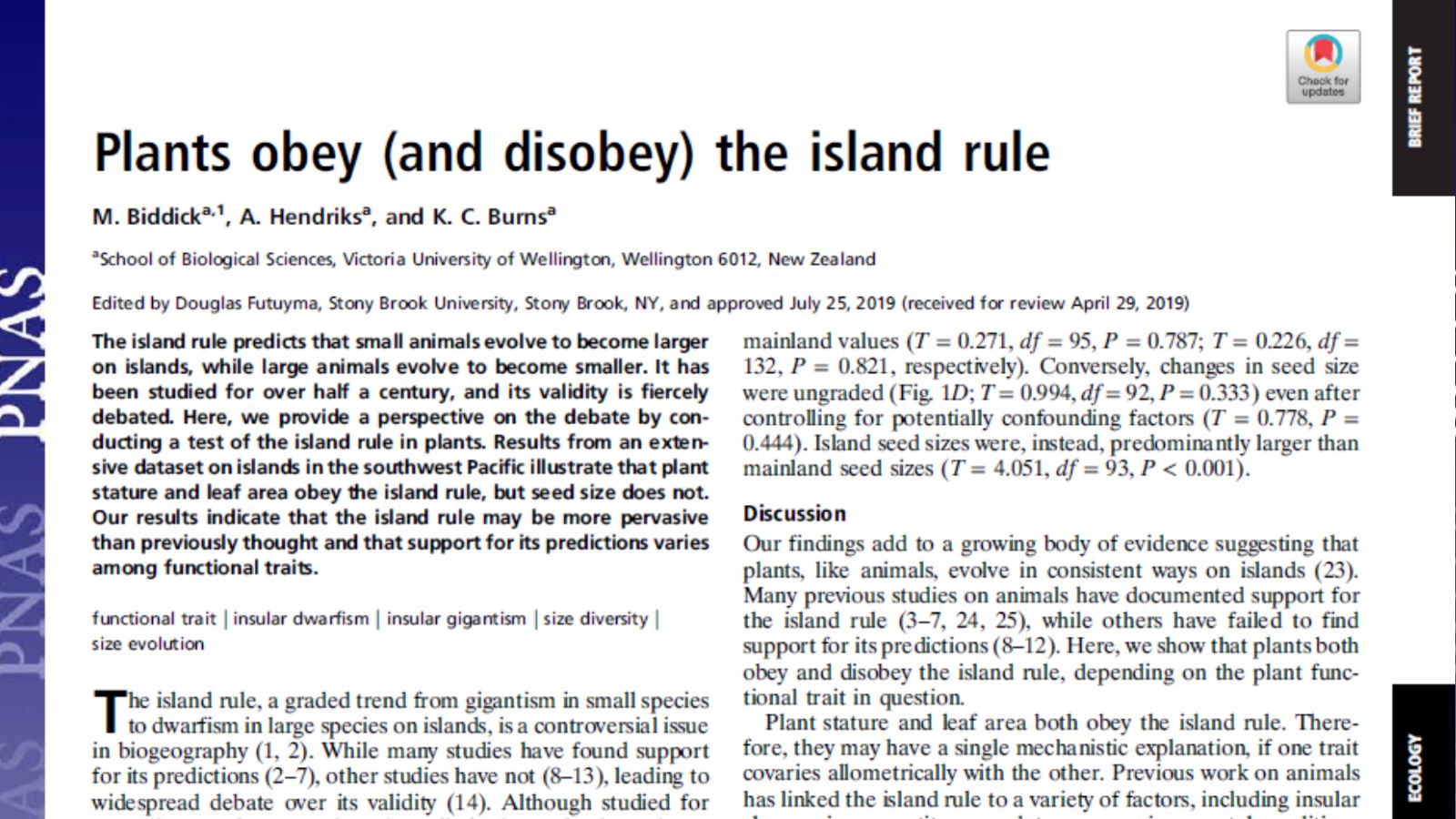
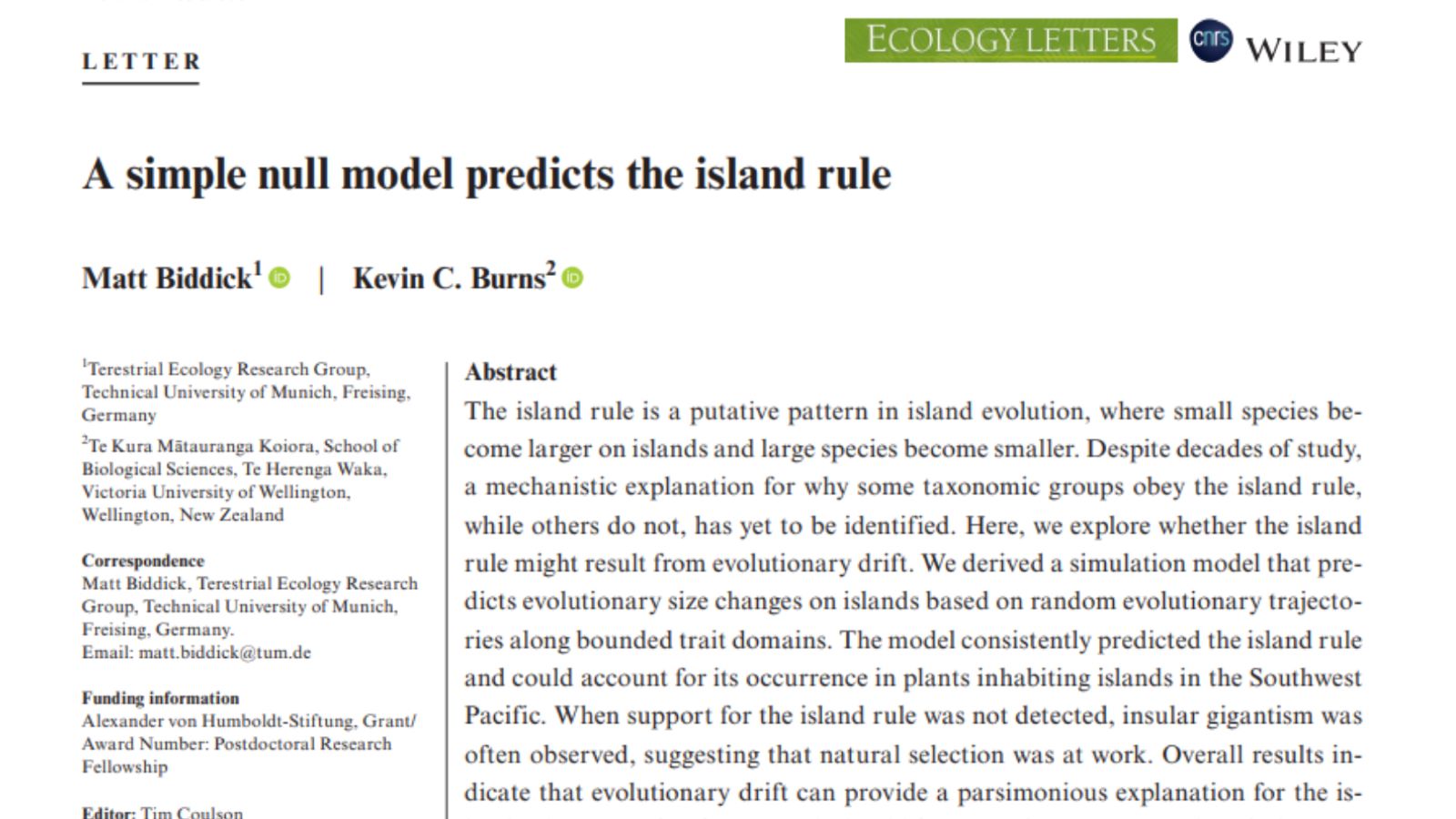
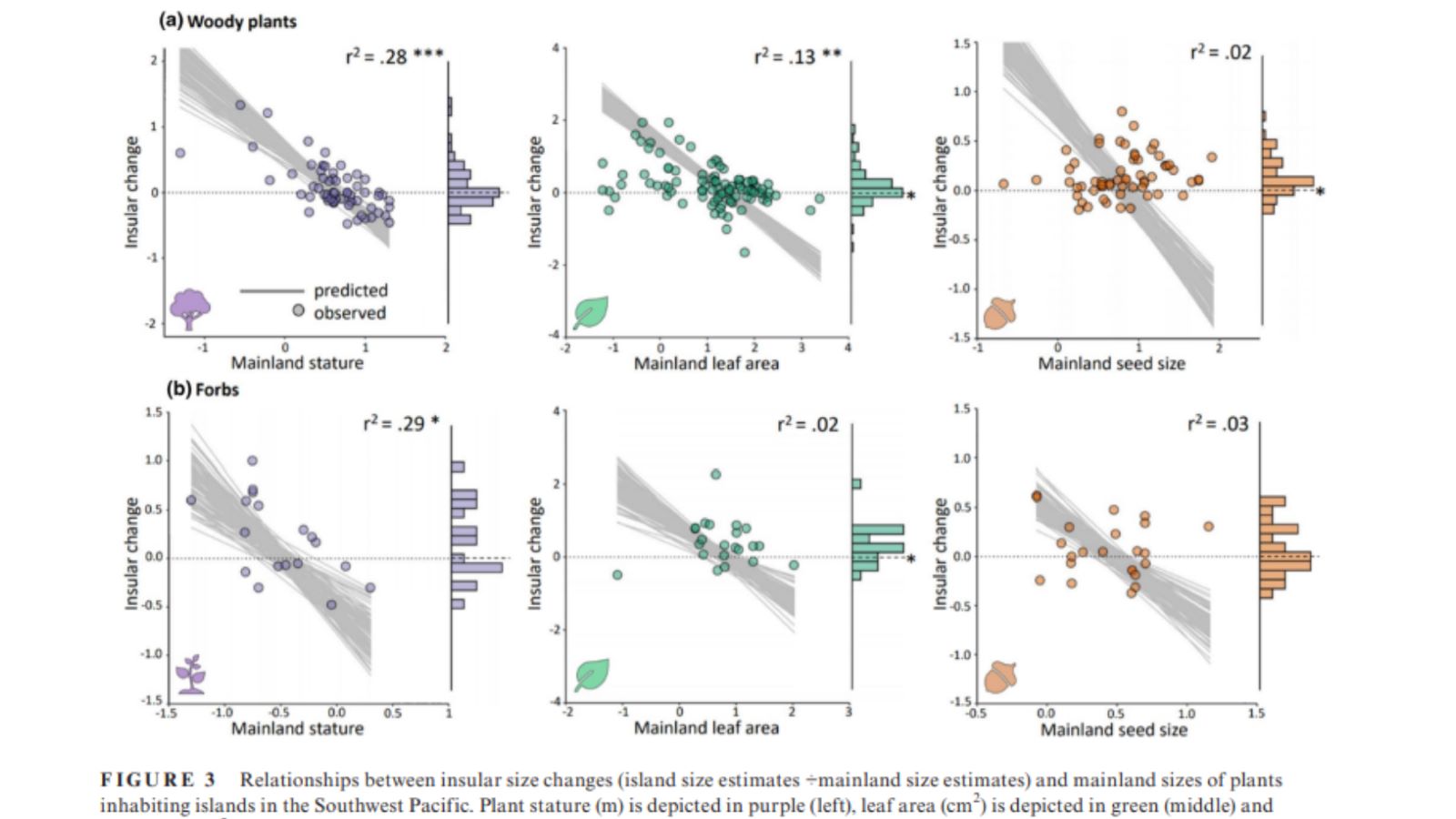
Projects
The three pillars of my research can be categorized as biogeography, comparative evolutionary biology, and natural history. I develop eco-evolutionary models predicated on sound ecological theory from the ground-up. These models are based on real world observations and leverage the natural laboratory role of island ecosystems to shed light on the remarkable processes shaping their biotas over historical and geological timespans. Unfortunately, despite comprising less than 5% of Earth’s total landmass, more than 75% of animal extinctions in the last five decades have occurred on islands. Thus, the learnings made in this realm can readily be expanded to better understand and conserve continental ecosystems like those in Central Europe.
Morphological Evolution
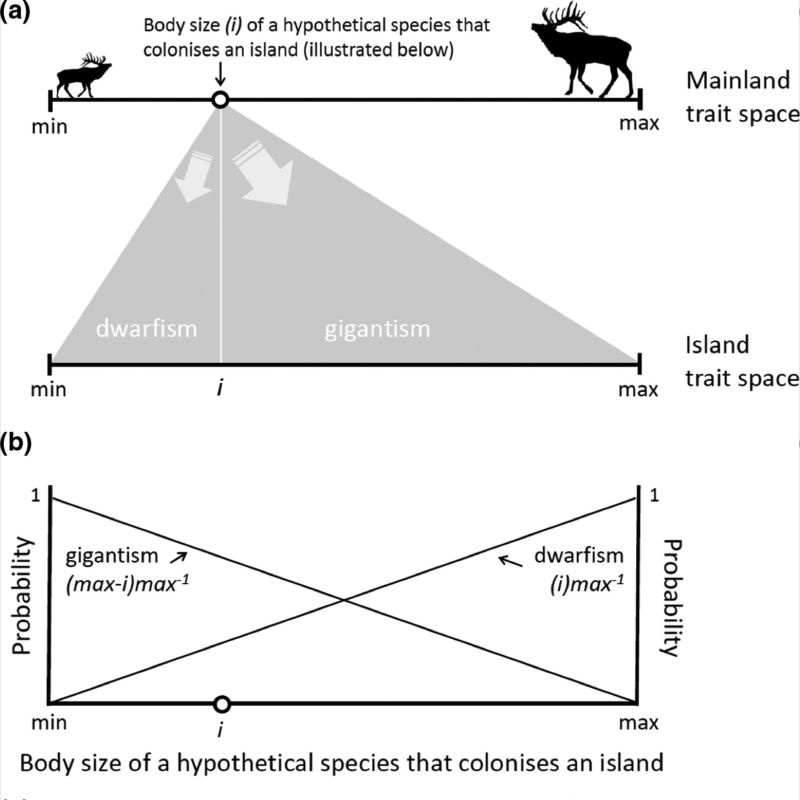
Morphological Evolution
Plants & animals that colonize isolated islands often evolve in predictable ways. Birds, for example, almost universally become larger and lose the ability to fly. Why?
A simple null model suggests that the secret to island endemics and their unique sizes may lie in their shared subjegation to evolutionary drift.
Learn moreSeed Dynamics & Climate Warming

Seed Dynamics & Climate Warming
Many plants produce dormant seeds as a means of synchronizing germination with favorable growing conditions. However, climate warming could compromise this important ecological strategy.
We ran a two-year warming experiment to establish the effect of different future climate scenarios for tropical Fabaceae.
What we discoveredEcolSym
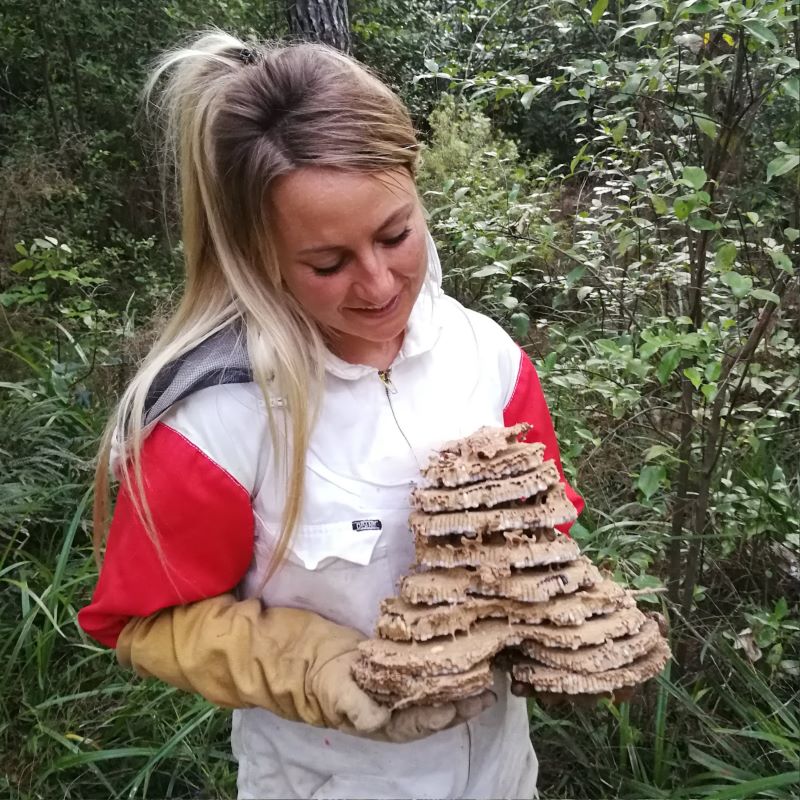
EcolSym
EcolSym aims to harmonize the ecosystem services of the biodiversity naturally occurring on farms with the industrial aims of the producers managing them. For example, one division of EcolSym is exploring the potential for social wasps as a replacement for pesticides to control crop pests.
EcolSym certifications empower producers to market their goods as ecologically robust to the consumer; simultaneously increasing their products’ value in the marketplace and satisfying national environmental directives.
Coming soonForest Hydrology
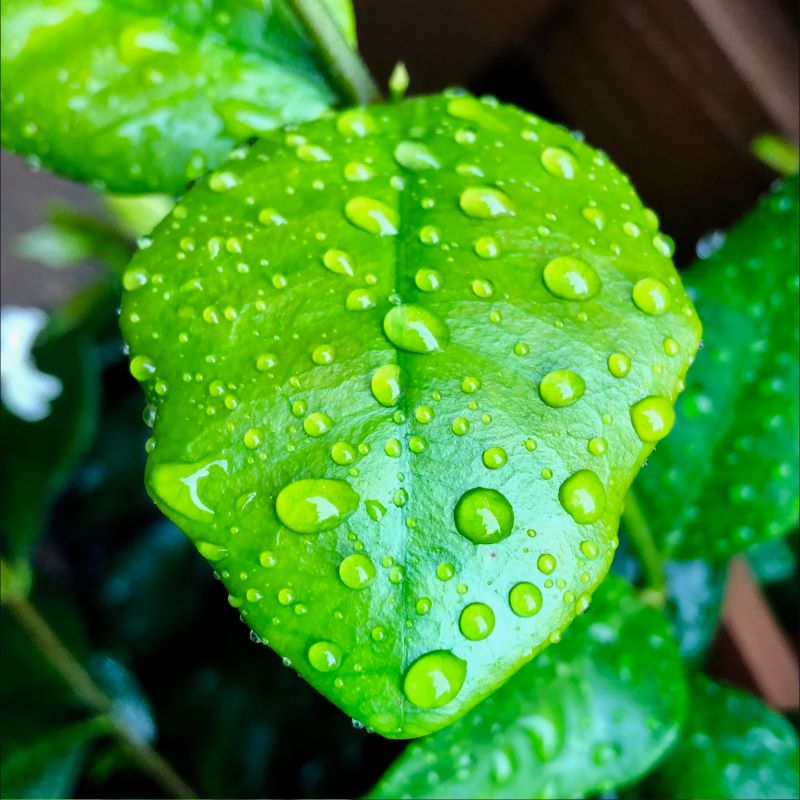
Forest Hydrology
Stormwater is a vital resource and dynamic driver of terrestrial ecosystem processes. Storm-related phenomena trigger lasting, oversized impacts on hydrologic and biogeochemical processes, organismal traits or functions, and ecosystem services at all scales.
However, processes controlling interactions during and shortly
after storms are often poorly seen and poorly sensed when direct
observations are substituted with technological ones. We discuss
how human observations complement technological ones and the
benefits of scientists
spending more time in the storm.
(Photo credit: John Van Stan).
Defensive Mutualisms
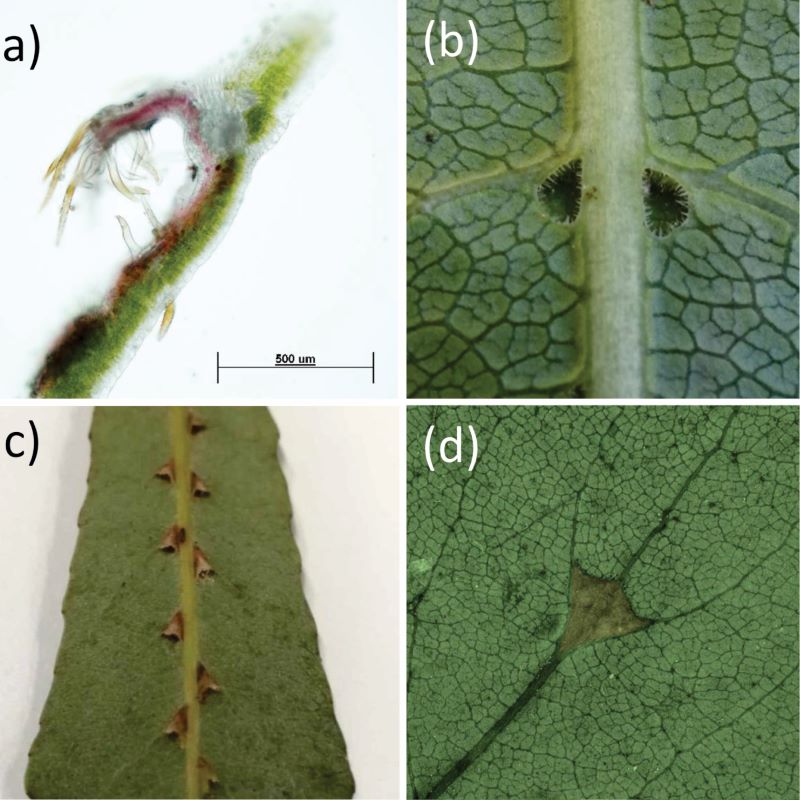
Defensive Mutualisms
Did you know some plants produce tiny homes for mites? In return, mites consume herbivorous arthropods and parasitic fungi like leaf moulds that would otherwise hard the host plant.
This unlikely yet remarkable relationship has hardly been touched by the scientific community, despite its potential to revolutionize how we deter agricultural pests and breed crop varieties.
Read moreSize-Dependency & Traits
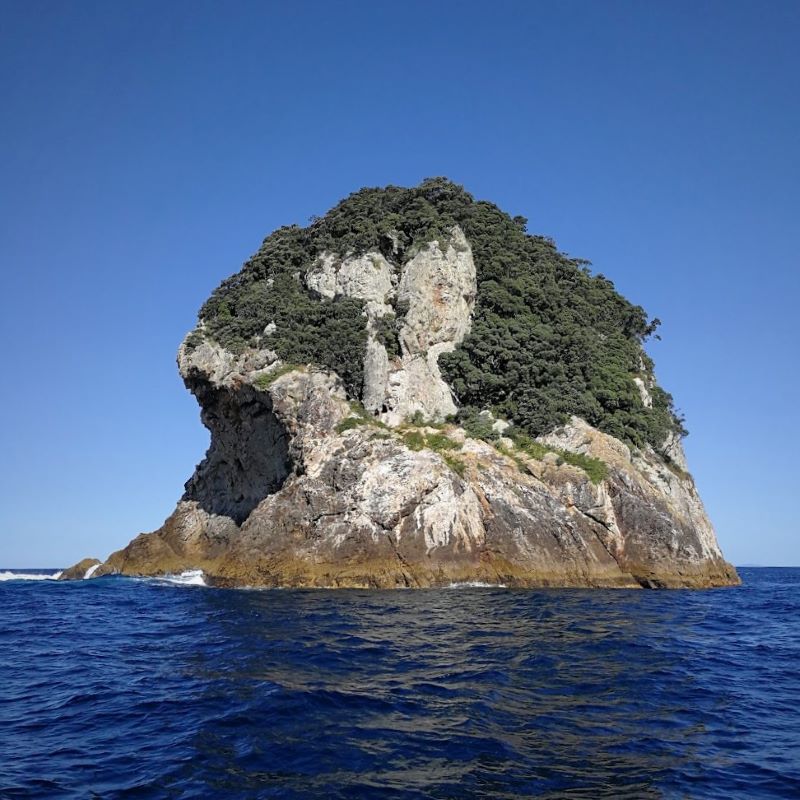
Size-Dependent Traits
Trait-based research is plagued by the indelible fact that traits scale with organismal size. Closer inspection reveals that diverse methodologies are used to account for body size, highlighting a lack of scientific consensus on what constitutes best practice.
We outline the assumptions, benefits and shortcomings of commonly-used body size corrections and discuss their appropriate use-cases. We then provide a statistical roadmap to help researchers to decide which to use and when.
Get involvedGet In Contact
Whether you are keen to get involved, have coaching inquiries or just want to say hi, my inbox is always open so feel free to reach out and I will get back to you as soon as possible.
Reach out